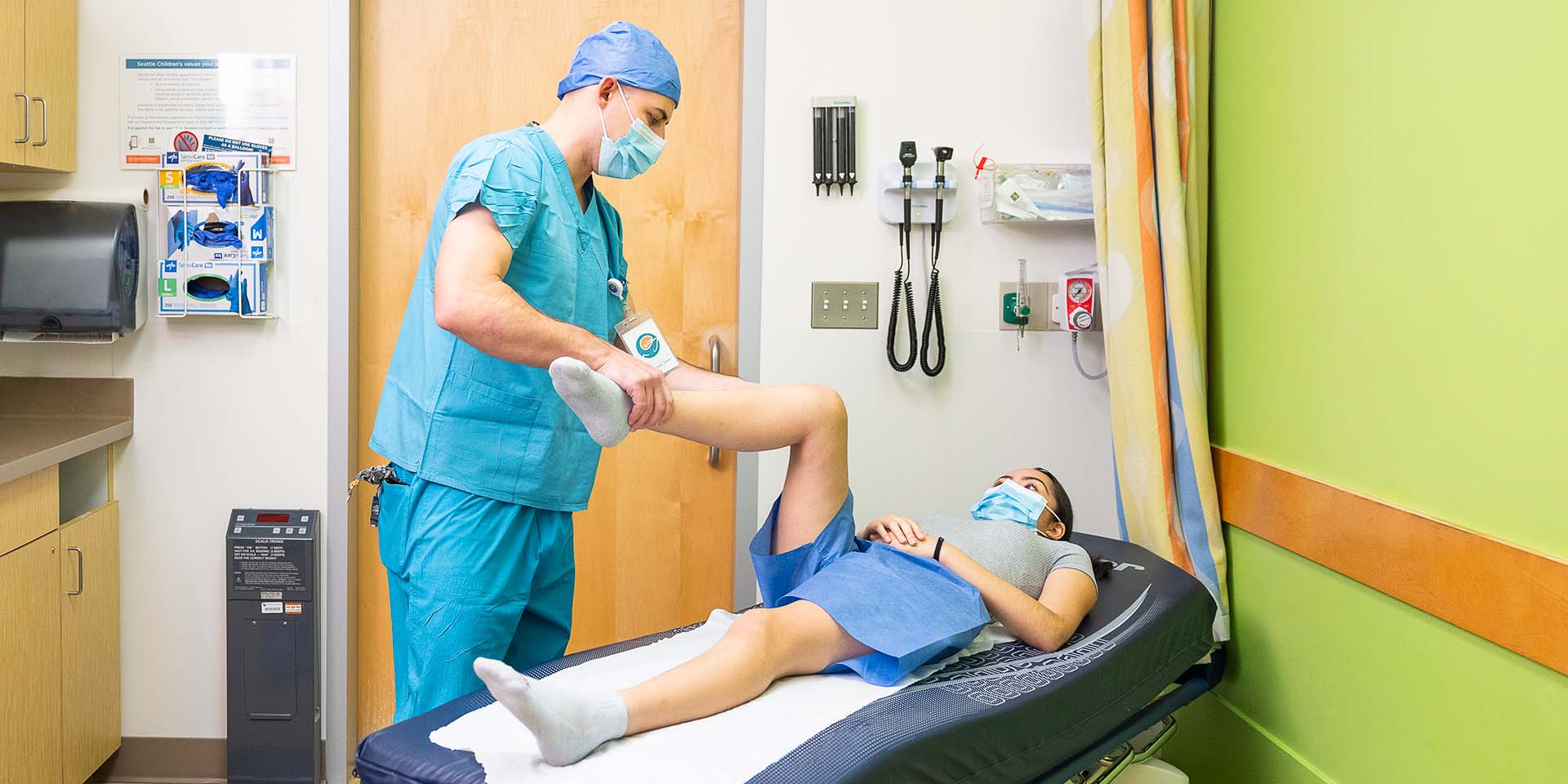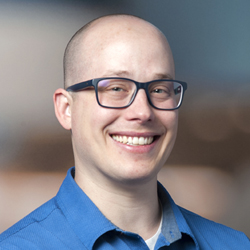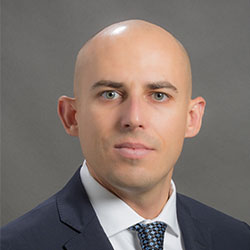
Lower Limb Differences Clinic
Contact the Lower Limb Differences Clinic
Helping Kids Live Active Lives With Advanced Surgical and Nonsurgical Treatments.
The Lower Limb Differences Clinic provides care for children, teens and young adults up to age 21 who are missing part or all of a lower limb or have a leg that is not typical. If your child was born with a limb difference, or if an injury or disease has affected their leg, we are here to help them have the best possible function. The young people we treat are active in many ways, including in sports. It is our pleasure to assist and encourage them every day.
Services We Provide
We offer a full range of treatment options both with and without surgery. Members of the clinic team will work with your child and family to design a treatment plan that is right for you. You do not need a referral to make an appointment.
Based on your child’s needs, we may recommend 1 or more of these options:
To stop a bone from getting longer, surgeons can drill into the at the end of the bone or place screws or plates over it. If 1 of your child’s legs is longer than the other, the surgeon may recommend doing this on the longer leg. This would halt growth of the leg so it will more closely match the shorter leg when your child is done growing. We take care to figure out the best time in your child’s growth to do this procedure.
This procedure may help change a limb that is not a typical shape. Surgeons most often use it to help with bowed legs, knock knees or other conditions that affect the angles of the bones around the knee. The surgeon puts plates, screws or staples into one side of a bone’s to stop that side from growing. As the other side keeps growing, the shape of the bone will change, which can make the leg straighter overall.
Osteotomy is surgery to carefully cut through a bone. Surgeons may use this method to treat problems with the length or shape of a bone, how it’s aligned or its position, like if it’s turned in a way that affects how the limb works. In acute (immediate) correction, the surgeon cuts through the bone and, in the same surgery, they change the bone’s shape or position. Then they use hardware to hold it in place. This method tends to work best for milder problems. Gradual correction is usually a better option for more severe problems.
To make a bone longer or change its angle or rotation, surgeons make a cut in the bone (osteotomy). Then they insert a nail into the 2 sections of bone that can be lengthened over time using a remote control (internal fixation). Or they attach a frame (fixator or distractor) above and below the cut. This frame is outside the body, with wires or pins that go through the skin into the bone (external fixation)
After surgery, we will teach you how to use the nail or frame to slowly open the gap between the 2 sections of the bone, about 1 millimeter each day. Bone grows to fill in this gap. The process takes 1 month to lengthen the bone 1 inch. Compared with acute correction, gradual lengthening or correction tends to work better for more severe problems.
Surgery to rebuild the lower limb may correct or improve some limb differences. There are several methods that may be helpful, based on your child’s condition. They include cutting the bone to change the shape, using implants in place of bone, using metal plates and rods to hold bone in place and doing surgery to move muscles and tendons.
For some conditions, removing part of a limb may provide the best results for your child. There is often no “right” answer about whether limb reconstruction or amputation will be better for your child. We spend a long time listening to your child’s and family’s needs and concerns before making a decision together with you.
Our multidisciplinary team has extensive experience counseling families on these difficult decisions and doing the best surgery for your child. We work closely with pediatric , , and team members from and to give your child the best life. Outside of the hospital and clinic, we encourage families to meet each other at social events for those with limb differences.
Braces, artificial limbs or both can support or replace body parts. and can improve your child’s function and appearance. Our onsite experts assess your child’s needs and build their devices. Then they make sure the devices fit and work properly now and as your child grows. Learn more about orthotics and prosthetics.
Physical therapy helps improve your child’s strength and ability to move, sometimes using custom mobility devices. Our physical therapists work with babies, children and teens to improve their gross motor skills, such as walking, running and playing. Learn more about physical therapy.
If you are pregnant and an shows your baby may have a lower limb difference, our team can meet with you. We can talk with you about what the ultrasound reveals, what to expect and what the treatment options may be.
Conditions We Treat
In the Lower Limb Differences Clinic, we see children with many conditions, including:
Many of our patients were born with legs of different lengths or with conditions that make their legs grow at different rates. Some had their legs shortened or removed due to an injury or disease.
In children with bowed legs, the inner sides of their feet touch but the inner sides their knees do not. Toddlers often have bowed legs, and they usually grow out of it. If your child doesn’t grow out of it, treatment may help change how their leg bones align.
In children with knock knees, the inner sides of their knees touch but the inner sides of their feet do not. Many children grow out of knock knees by early grade school. Even if they don’t grow out of it, knock knees usually do not cause problems, but sometimes they cause pain or trouble walking or running.
A child with tibial hemimelia is born with a short or missing bone (tibia) of their lower leg. This makes it difficult to put weight on the leg and walk in a typical way.
In fibular hemimelia, a child is born with a short or missing bone (fibula) on the outside of their lower leg. The foot may not form typically, and the tibia may be curved.
The shaft of the thighbone (femur) is shorter than typical in children with congenital short femur. In most children with this condition, only 1 femur is short. Sometimes the condition affects both legs. This condition is sometimes called proximal femoral focal deformity (PFFD).
Many complex conditions have limb differences as 1 of their features. The team in the Lower Limb Differences Clinic works with children who have these conditions, such as amniotic band syndrome, Apert syndrome and VACTRL. VACTRL stands for vertebral problems (V), imperforate anus (A), cardiac problems (C), tracheoesophageal fistula (T), renal problems (R) and limb differences (L).
If 1 or more bones in your child’s leg or foot turn inward or outward, then their leg, knee or foot may point in or out rather than straight ahead. Rotational differences may include a foot that turns in (metatarsus adductus), a shinbone that turns in or out (internal or external tibial torsion) and a thighbone that turns in or out (internal or external femoral torsion, also called femoral anteversion or retroversion).
Why choose Seattle Children’s Lower Limb Differences Clinic?
Our experts carefully assess your child to understand their exact needs and choose the types of care and the timing for any surgeries or other treatments so your child gets the best results.
- Our Lower Limb Differences team includes an experienced pediatric , and orthopedic nurse who know how to evaluate and treat all types of conditions that affect the bones, muscles and of the leg and foot.
- For many of our patients, treatment means surgery — sometimes highly complex surgery. For those who need surgery, we have experts in a wide range of surgical options. These include methods to promote more even growth within a limb or from 1 limb to another (epiphysiodesis and hemiepiphysiodesis) or to lengthen a limb (acute correction with osteotomy or gradual lengthening with internal or external fixation).
- To restore or improve your child’s health, function and quality of life, we also use nonsurgical methods, like , and . We have onsite orthotists and prosthetists and the largest team of physical therapists in the Pacific Northwest who specialize in the care of babies, children, teens and young adults.
- Complex conditions that affect the bones, muscles and joints of your child’s lower limb may affect other parts of their body too. That’s why we connect you with the many types of experts at Seattle Children’s your child needs.
- If your child is diagnosed with a lower limb difference before birth based on an , we offer prenatal consultations to talk with you about your baby’s condition.
- Infants, children and teens are still developing, so they may need different care than adults do, like treatment that takes their growth plates into account. At Seattle Children’s, your child’s team has special training in the physical, emotional and social needs of young people.
- We understand your child’s body doesn’t stop at their lower limb. We see them as a whole person. For example, in our Lower Limb Differences Clinic, we look at not only your child’s feet and legs but also their spine, strength, movement and other features that might play a role in their condition.
- We have the largest group of board-certified pediatric radiologists in the Northwest. For imaging that uses radiation, we use the lowest amount possible (PDF) to make the best image. We have a low-dose radiation X-ray machine, called the EOS. It makes safer full-body images.
- Having a child with a lower limb difference can be stressful for the whole family. From the first visit to follow-up, our team will work to give your child seamless care and make your experience here as easy on you as we can.
- Your child’s team does more than plan and provide care for your child. We also make sure you and your child understand your child’s condition and treatment options. We support you in making choices that are right for your family.
- Seattle Children’s supports your family with a range of resources. Our Child Life specialists, Family Resource Center and Guest Services are here to help.
- For added support, we can connect you with other children and families with limb differences.
- Our growing research program is discovering better ways to diagnose and care for children with lower limb differences. Our research program is funded in part by the Lynn Taylor Staheli Endowed Chair in Pediatric Orthopedics.
- Outcomes research helps us know which treatments get the best results. For example, we use tools to ask children about their function after surgery for limb differences. Asking children about their experience is essential to improving their lives.
- We take part in several registries (databases that collect information about patients who volunteer) so we can work with doctors around the country and the world to better understand orthopedic conditions, such as foot, leg, hand and arm differences.
- Learn more about current orthopedics research at Seattle Children’s.
Meet Your Lower Limb Differences Clinic Team
The clinic team includes an , , orthopedic nurse, and . We work closely with Seattle Children’s team. For children with complex limb differences, we partner with a . A and are also available if you need them. Together we help you make your way through the healthcare system and get your child’s healthcare needs met.
Providers in the Lower Limb Difference Clinic include:
Teams
Orthotics and Prosthetics
-
Greg Becker, CPO, LPO, program manager
-
Lindsay A Eickhoff, CPO
-
Peter M Yukawa, CPO


